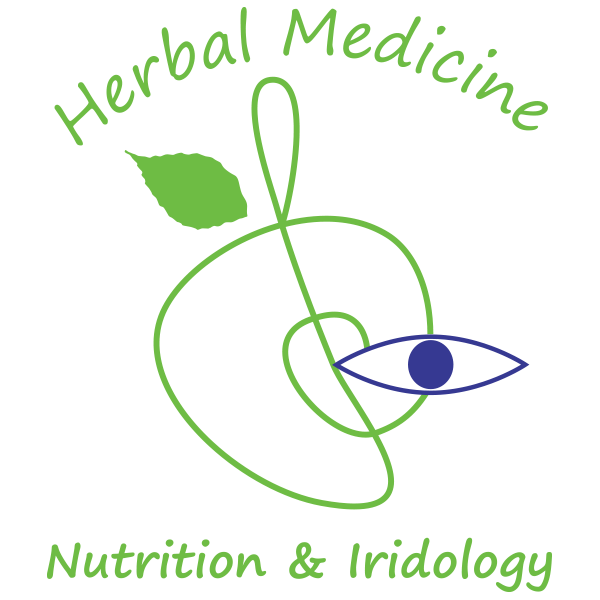Your basket is currently empty!
Category: Foraging
Foraging walks, plant identification, spring through winter.
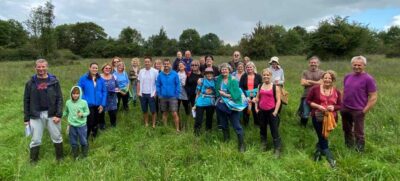
-
Cleavers
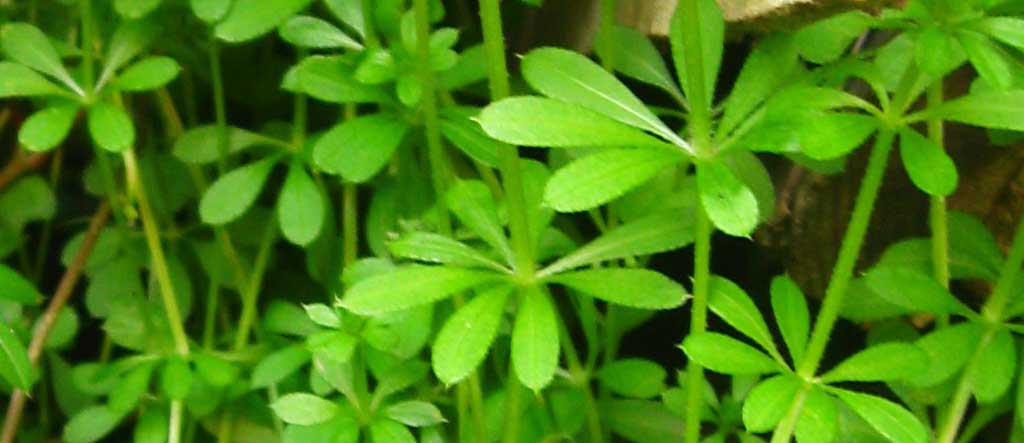 Read more: Cleavers
Read more: CleaversGallium aparineParts used: leaves and stems, seeds Finding and identifying Cleavers Cleavers start to reappear in early spring. They can be found in hedgerows, and in sheltered spots along paths, streams, fields and on waste ground. The narrow lance-shaped leaves grow directly out of the stem in whorls of 6 to 9. They are creeping…
-
Elder Flower
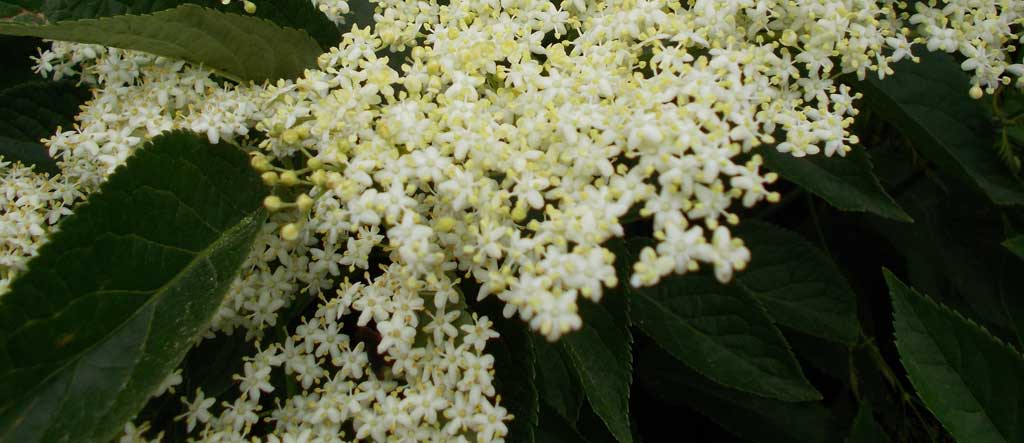 Read more: Elder Flower
Read more: Elder FlowerElder: Flower Sambucas nigra: flos Key features: Deciduous bush with opposite leaves and clusters of flowers/berries. Pithy stems. The elder can grow up to 20 feet in height and often resembles a tree more than a deciduous shrub. It is a member of the viburnum family, and can be found in roadside and field hedgerows,…
-
Elderberry
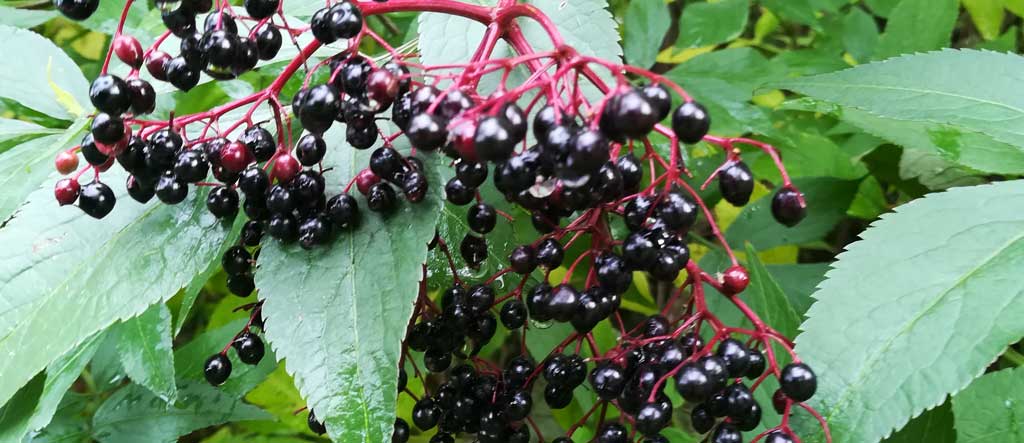 Read more: Elderberry
Read more: ElderberrySambucus nigra As summer comes to an end the hanging clusters of tiny elderberries change from green, to dark purple, to black when fully ripe. Each elderberry contains one to three seeds, which contain poisonous cyanogenic glycosides that can be deactivated by cooking. If you eat too many raw berries, which taste bitter-sweet, you will…
-
Blackberry
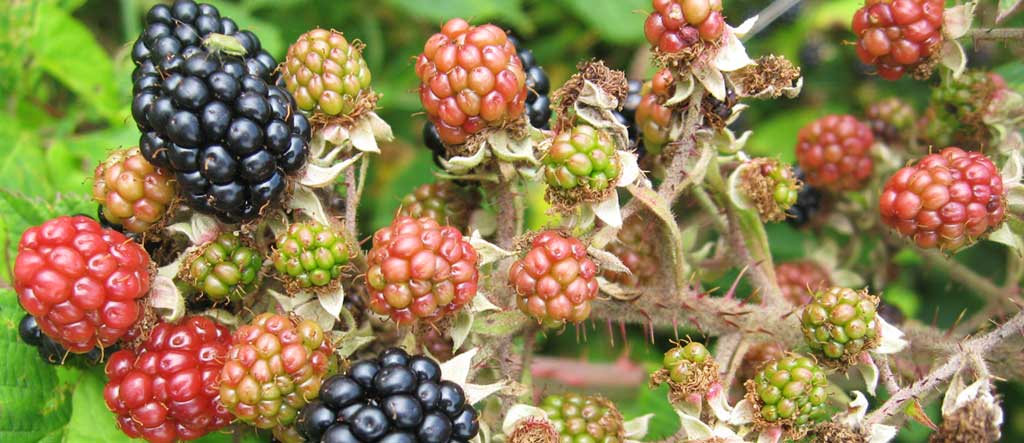 Read more: Blackberry
Read more: BlackberryRubus fruticosus, A.K.A.: Bramble If you regularly walk past blackberry bushes, when the berries are ripe, without picking any you are definitely missing out on one of Nature’s great bounties. Blackberries are an excellent source of Vitamins C and K and manganese, they are rich in bioflavonoids and contain both soluble and insoluble dietary fibre. Blackberries…
-
Stinging Nettle
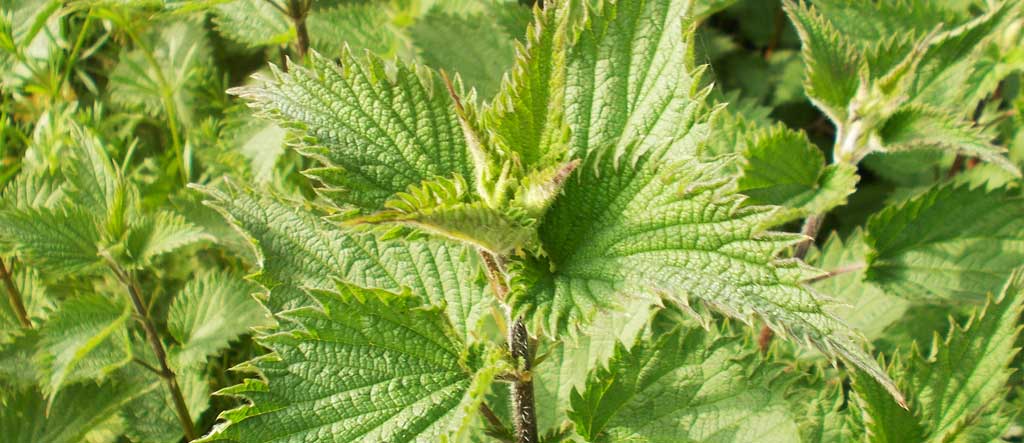 Read more: Stinging Nettle
Read more: Stinging NettleUrtica dioica Most people know nettle by its sting. Nearby any clump of nettles you will usually find yellow dock growing. As children we would make a spit poultice of a dock leaf and rub it on the affected area for prompt relief. A plantain leaf works just as efficiently – if not more. Folklore…
-
Sea Spaghetti
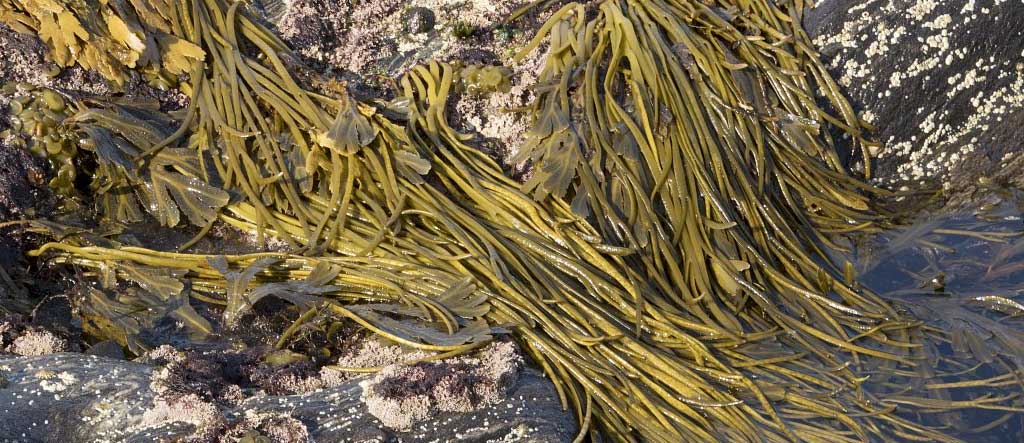 Read more: Sea Spaghetti
Read more: Sea SpaghettiHimanthalia elongata Sea spaghetti has a mild sweet taste. It cooks up in minutes, tastes great and makes a healthy substitute for conventional pasta. Chop and add to salads, stir-fries, soups and stews, or serve it in place of a green vegetable. If you like a savoury chew try eating it raw, fresh or dried.…
-
Dandelion Flower Oil
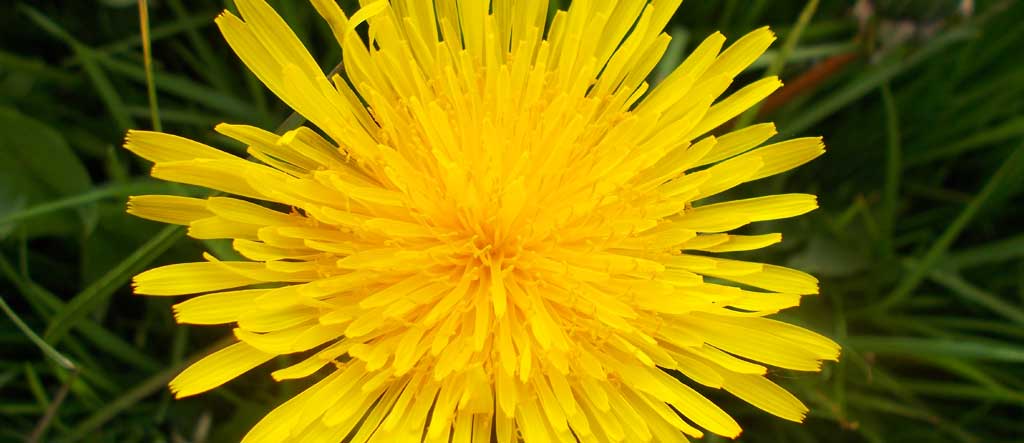 Read more: Dandelion Flower Oil
Read more: Dandelion Flower OilExternal use: Dandelion flower oil makes a nice massage oil for sore or tired muscles. You could add a few drops of essential oil, such as geranium or rosemary, for added healing benefits. It also makes a soothing emollient for tired eyes or to nourish dry skin. You can use the oil as a base…
-
Wild Rosehip Vinegar
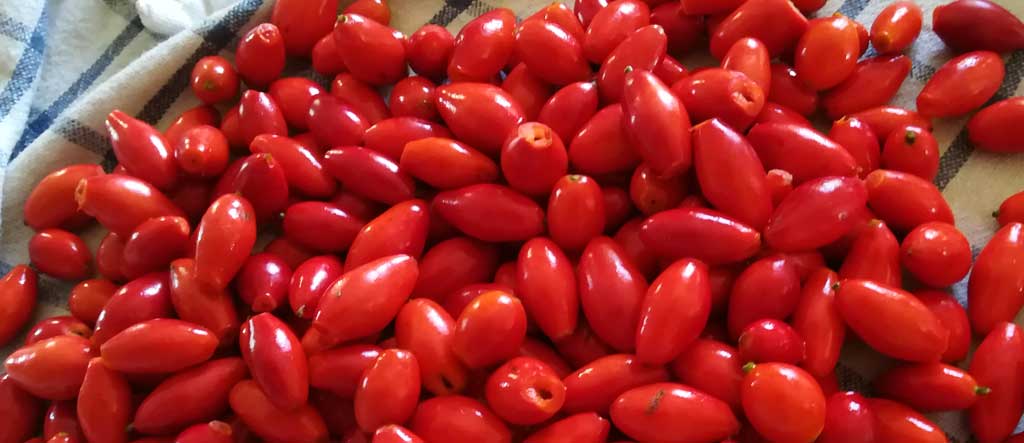 Read more: Wild Rosehip Vinegar
Read more: Wild Rosehip VinegarDog Rose: Rosa canina You can harvest rosehips from late summer through early Winter. Look for the bright red, oval-shaped hips of the wild dog rose. The fresh hips are surprisingly high in Vitamin C – much of which is lost in the drying process. Try making this rosehip infused apple cider vinegar for a…
-
Chickweed
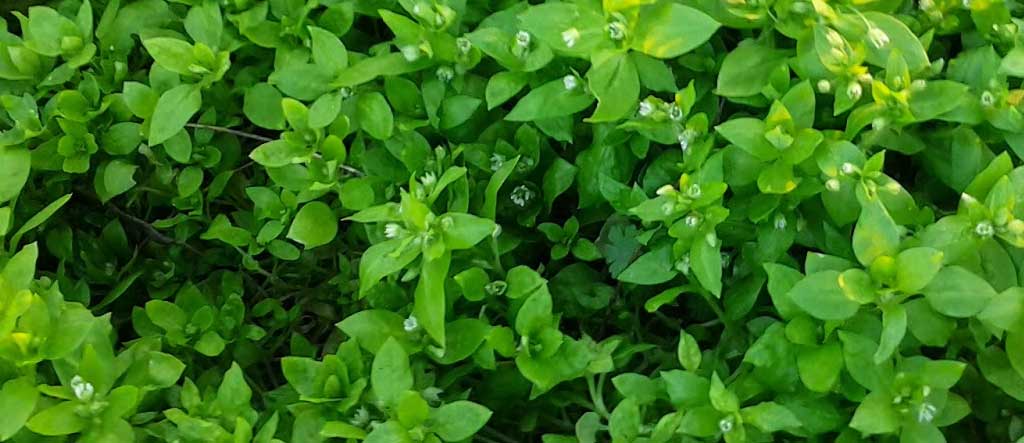 Read more: Chickweed
Read more: ChickweedStellaria media Chickweed is available most of the year but I love to gather it in early Spring. It is a tiny sprawling plant with white star-like flowers that can be easily overlooked. Chickweed is a low growing, sprawling annual. You will find it growing in clumps alongside grassy areas, hedgerows and amongst other weeds…
-
Ramsoms: Wild Garlic
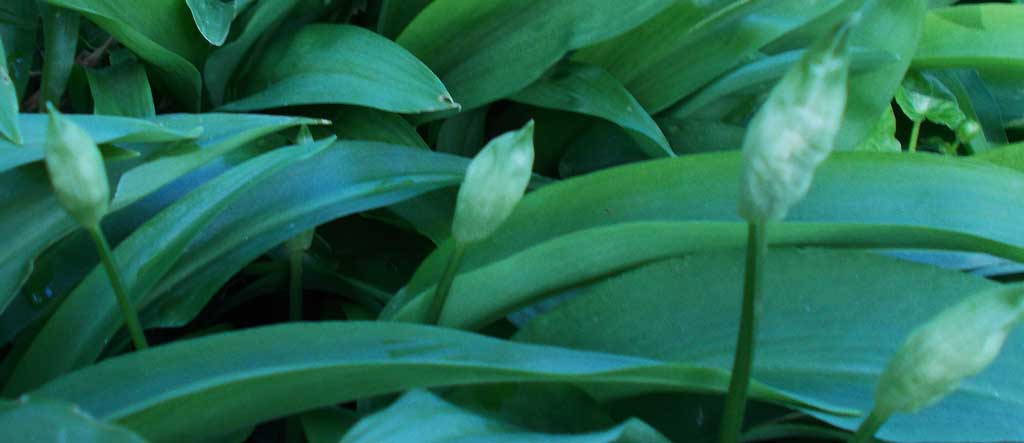 Read more: Ramsoms: Wild Garlic
Read more: Ramsoms: Wild GarlicAllium ursinum Wild garlic, also known as ramsoms or creamh in Irish, (Allium ursinum) are the most common variety of wild garlic found in Ireland. You will find them in woodland areas, alongside streams and wet ditches in early Spring. They have similar properties to cultivated garlic, they benefit the heart and blood circulation, are…
